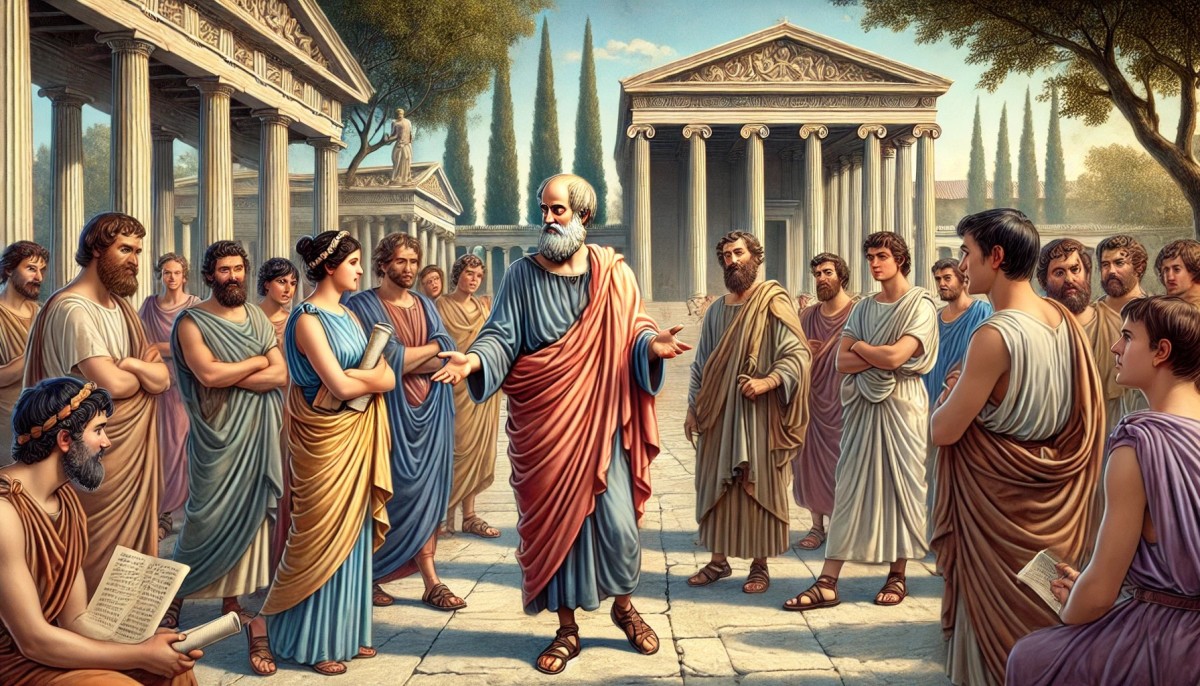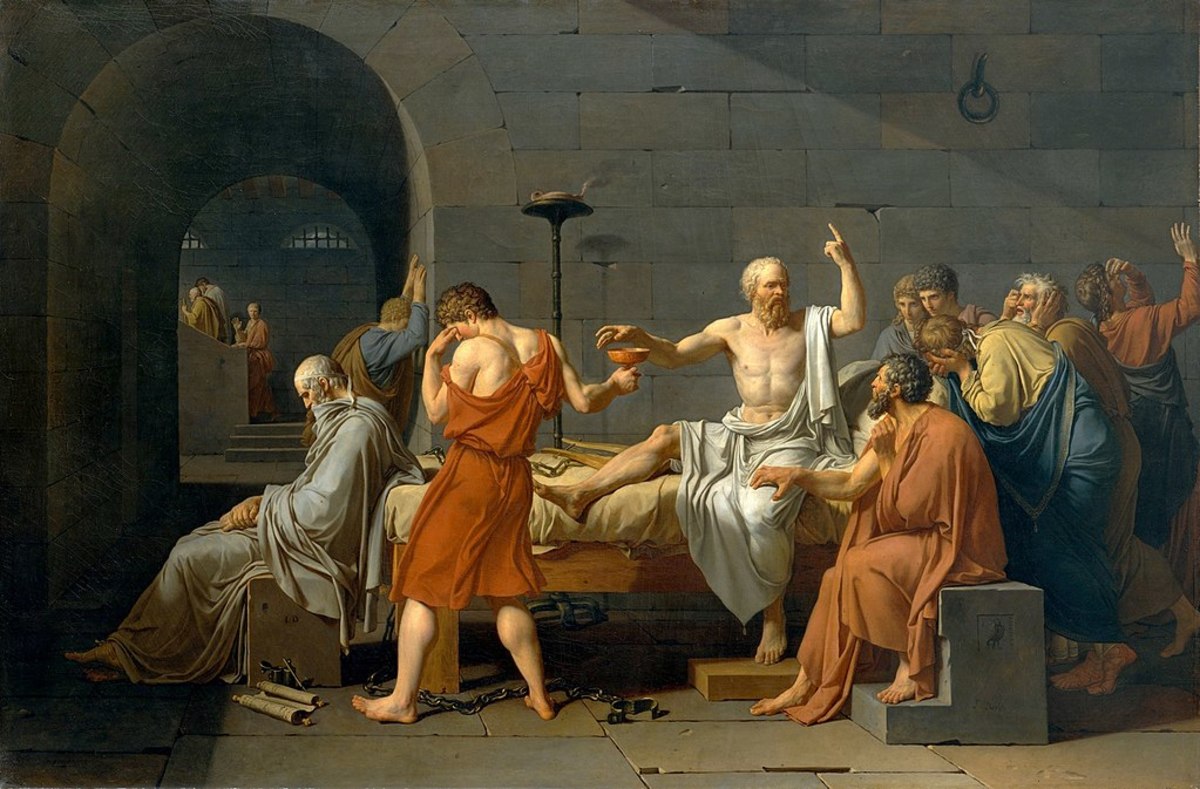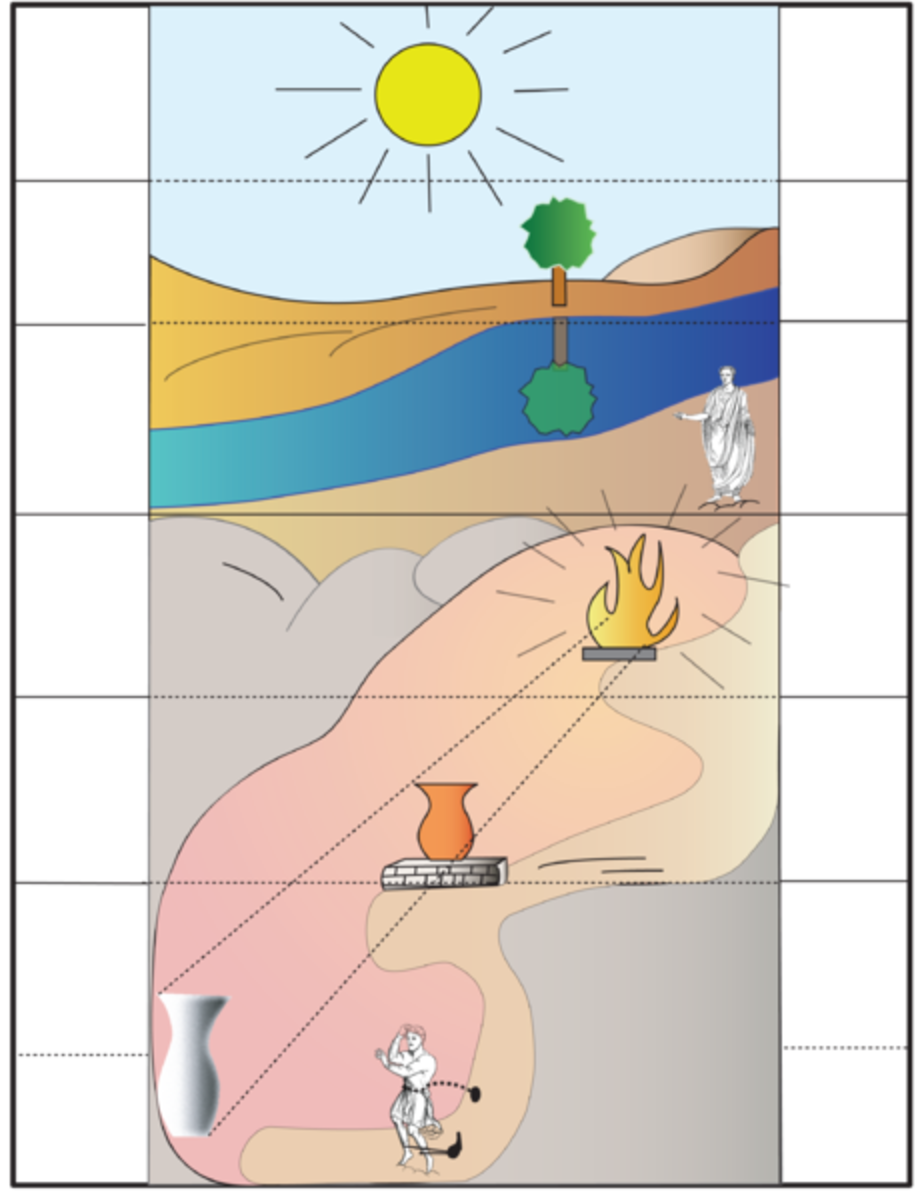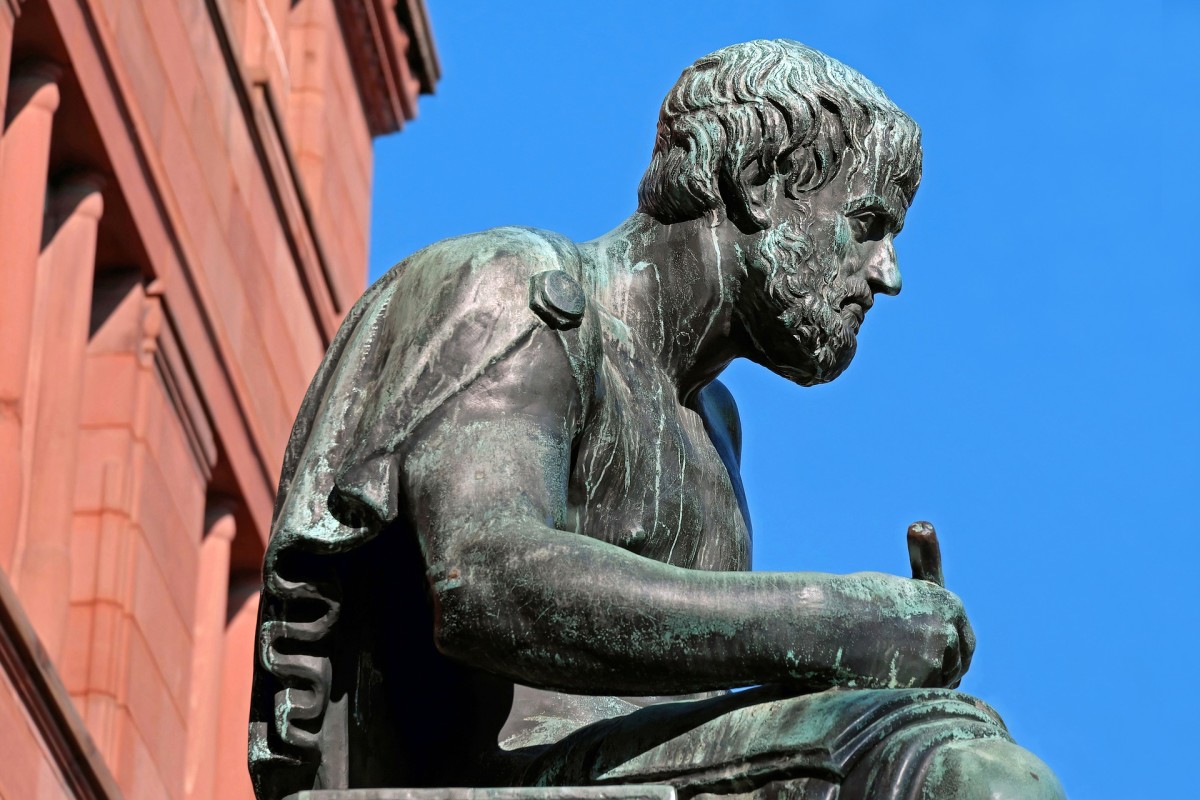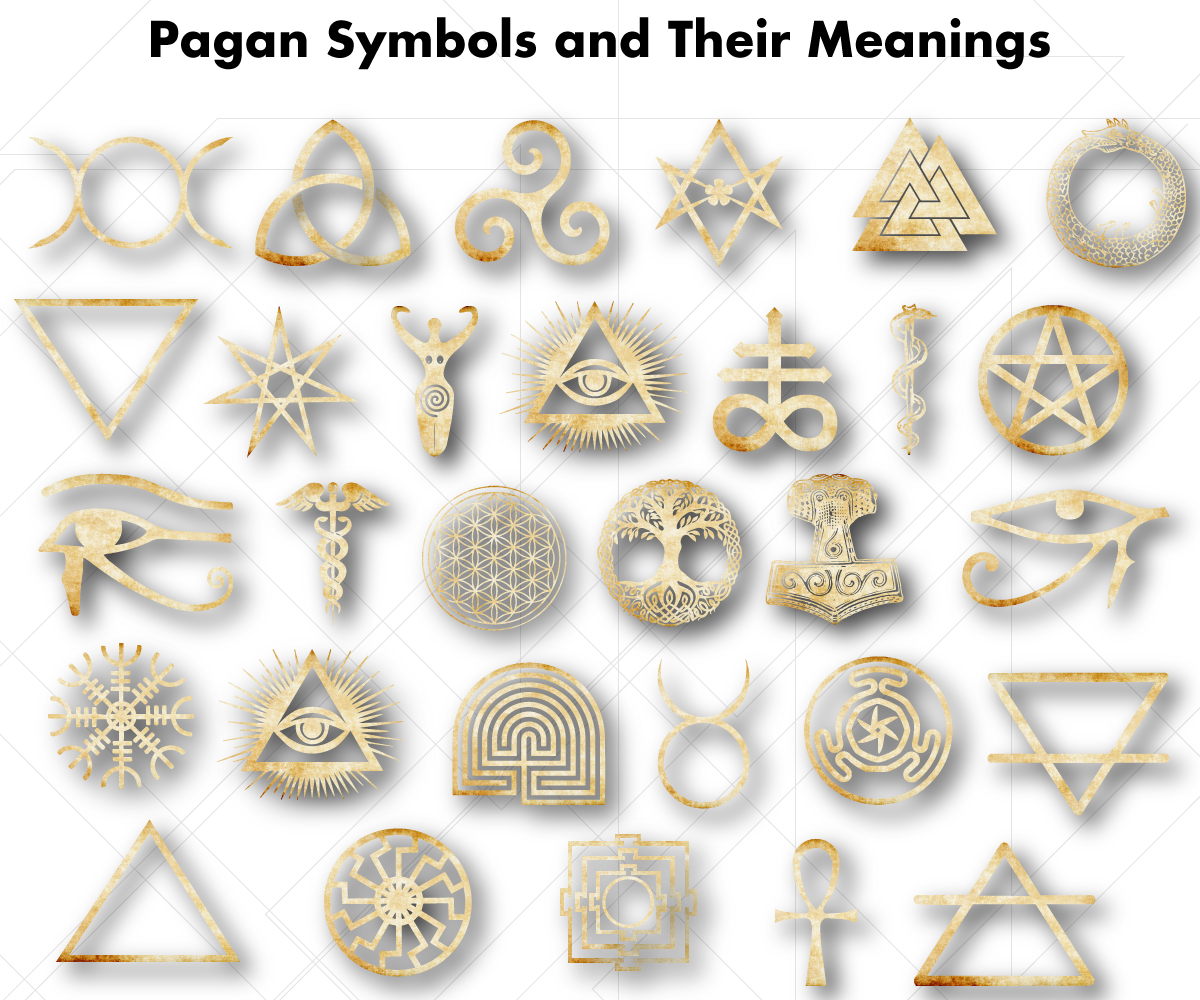Philosophy and Reality
What Is Philosophy?
Philosophy comes from the Greek word "philosophia," meaning "love of wisdom." Yet philosophy is more an exercising of intellectual curiosity for its own sake; it is an activity. It is also intended to be unbiased and disinterested.
Philosophy concerns itself with such things as "absolute truth" and "goodness." But many sciences also sprang up as the direct result of some of the questions philosophy raises (and this is one of its own values). For example, the philosopher William James also made contributions to psychology. He was of the belief that all of philosophy could eventually be broken down into individual sciences. In this way, philosophy digs its own grave.
Plato asserted that the truer test of philosophical wisdom is its ability to stand up against critical thought. Logic is a subdivision of philosophy which concerns itself with the proof of arguments. It employs the use of methods (such as inductive and deductive reasoning) and laws (such as "Excluded Middle"). It is also dependent on syntax and semantics.
Other subdivisions of philosophy include aesthetics, ethics, and metaphysics--as well as philosophy by topic, such as philosophy of education or literature, philosophical psychology, etc. Aesthetics pertains to the aesthetic method of viewing aesthetic objects; i.e., the viewing of objects (such as objects of art) for their own sake, for what they are, rather than for their relation to the viewer. In other words, it is perceiving for perceiving's sake. Ethics involves "goodness" and human conduct. And metaphysics is the philosophy of "being as being"; it involves all aspects of being, including change, universal vs. particulars, etc.
Plato's Forms
Plato was interested in universals due to four main influences:
- The influence of his teacher Socrates
- His exposure to the work of Pythagoras in mathematics and
- The writings of Heraclitus ("all things are in a constant state of flux")
- The political turmoil that existed in Greece in his lifetime.
Plato believed that the objects that we see are only shadows of the real reality, the really real, perfect, universal Form that exists in the supra-sensible World of Forms. Throughout his dialogues, he says that human beings see only the dream, that the world as they see it is not reality. In Book 5 of his Republic, he also likens it to a reflection in a pool.
In Book 6 of the Republic, Plato advances his Cave analogy. He describes prisoners chained in a cavern in such a way that they can see only the wall that is in front of them, on which is cast the shadows of men walking on the elevated pathway behind (and above the heads of) the prisoners. If one of these prisoners were to escape, Plato says, and he were to enter the real world, he, too, would cling to the idea for a time that the shadows that he had been taught through experience to take for reality are the only reality. But eventually, the escapee will come to see reality as other men see it--as we see it--and it is his duty to return to the cave to teach the others, though they will not want to listen.
This analogy was used to point up the fact that we do not see Reality as it really is, but that once our eyes are opened and we recognize the shadows for what they are--i.e., particulars participating in the universal Form--we ascend in knowledge and good and should teach others.
When Reality Imitates Philosophy
In modern times, actual cases in which individuals held for years against their will but who later escaped or were released show an eerie resemblance to Plato's purely hypothetical Cave. Their view of reality was strongly influenced by both their captor and the conditions under which they lived. In some cases (as in the now famous "Stockholm Syndrome"), the hostages or prisioners actually came to identify with their captors and refused to believe their families or law enforcement. What Plato in his time could not know was about the presence of neural pathways, that beliefs and behaviors can be programmed. For these victims of abuse, a long period of recovery (physical, emotional, and mental) ensued to restore them from the dark shadows of their own personal "cave" to a new life in the light.
© 2019 J S Penna


